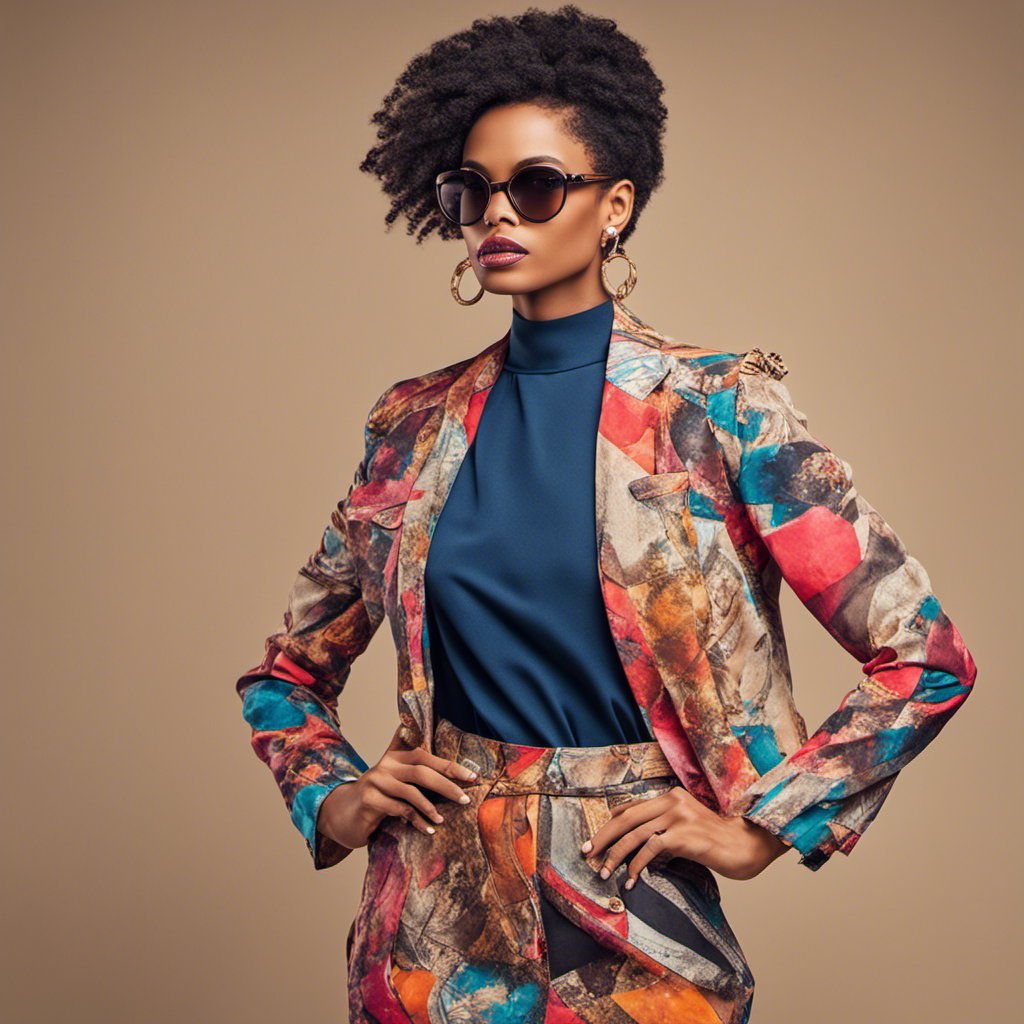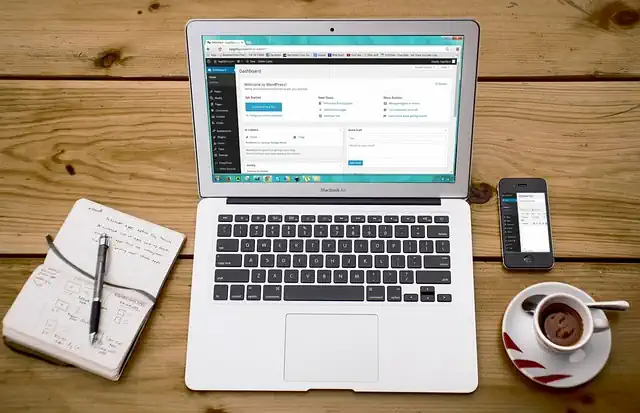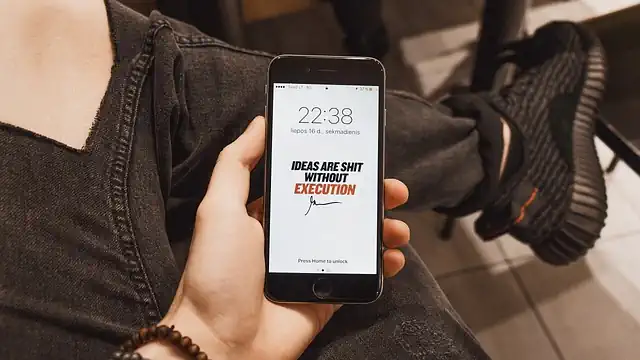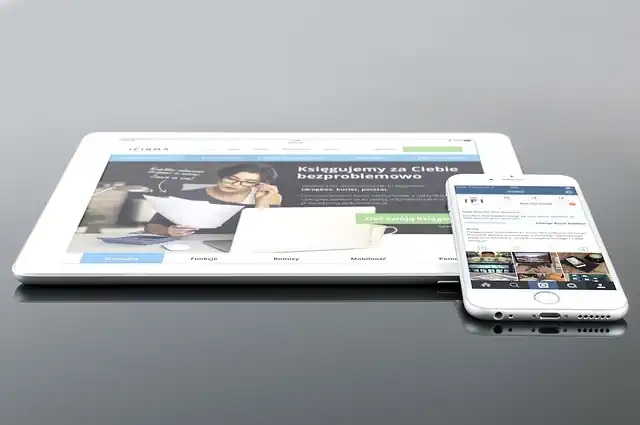How to Make Money as a Fashion Designer: Tips and Strategies
If you have a passion for fashion and want to turn it into a career, becoming a fashion designer may be the perfect choice for you. Not only is it a creative and exciting field, but it can also be lucrative. However, making money as a fashion designer requires more than just talent and creativity. You need to have a solid understanding of the industry, the skills and education required, and the ability to network and sell your designs effectively.
Understanding fashion design is the first step to making money as a fashion designer. This involves not only understanding the latest trends and styles but also the history of fashion and the different types of clothing and accessories. You also need to have a good eye for color, texture, and pattern, as well as the ability to sketch and create designs using computer-aided design (CAD) software.
To succeed as a fashion designer, you must have the right skills and education. This includes a degree in fashion design or a related field, as well as training in CAD software, pattern making, and sewing. You also need to have strong communication and problem-solving skills, as well as the ability to work under pressure and meet tight deadlines.
Key Takeaways: How to Make Money as a Fashion Designer
- Understanding fashion design and the industry is crucial to making money as a fashion designer.
- Developing the right skills and education is essential to succeed in this field.
- Effective networking, creating a strong portfolio, and selling your designs are key to building a successful career as a fashion designer.
Understanding Fashion Design
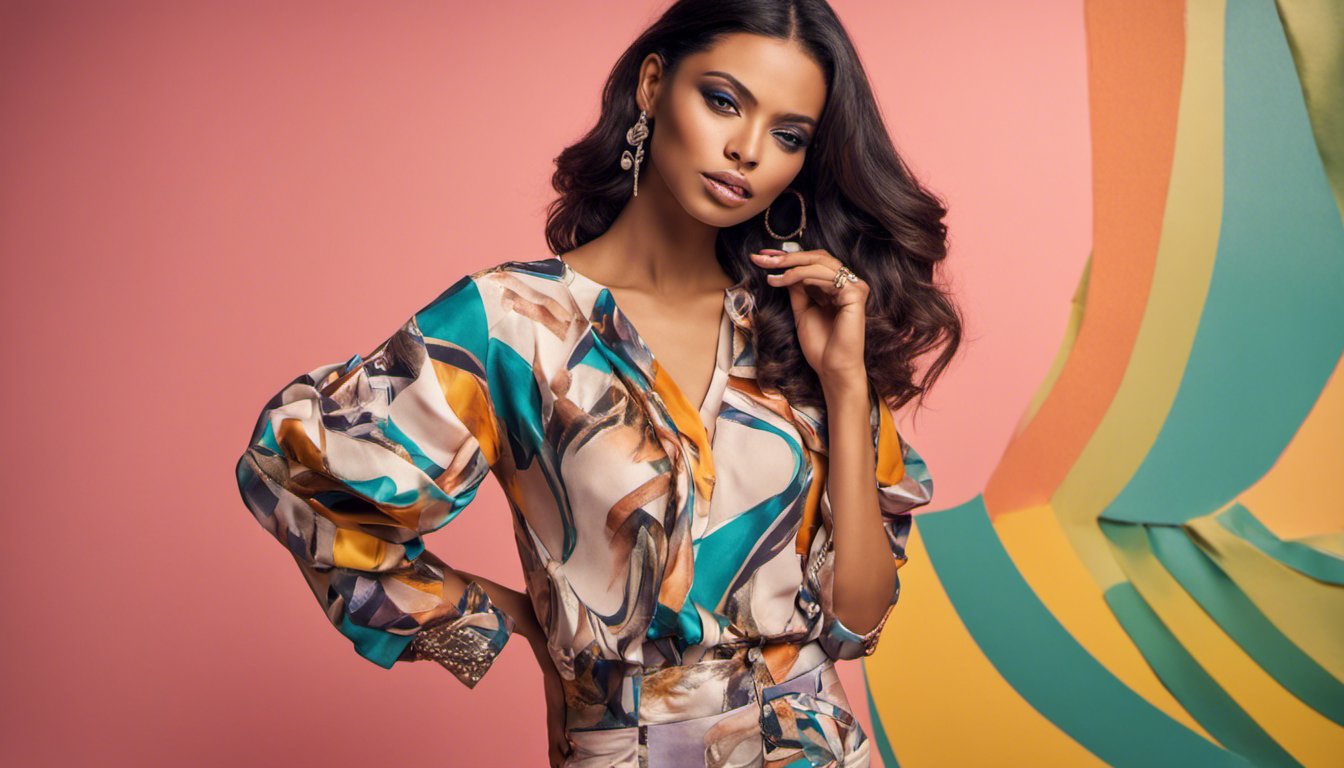
As a fashion designer, you are responsible for creating unique and stylish clothing designs that appeal to your target market. Your designs should be original, innovative, and reflect the latest fashion trends. Here are some key points to keep in mind when understanding fashion design.
Research and Inspiration
Before you start designing, you need to research the latest fashion trends and gather inspiration for your designs. You can attend fashion shows, read fashion magazines, and follow fashion influencers on social media to stay up-to-date with the latest trends. You can also draw inspiration from art, nature, and other sources.
Sketching and Concept Development
Once you have gathered inspiration, you can start sketching your designs. Sketching is an essential part of the design process, as it allows you to visualize your ideas and make changes before creating the final product. You should also develop a concept for your designs, which includes the theme, color scheme, and overall style.
Fabric Selection and Pattern Making
After you have created your designs, you need to select the right fabrics for each garment. The fabric you choose can greatly impact the look and feel of your designs, so it’s important to choose wisely. You should also create patterns for each garment, which serve as a blueprint for the final product.
Production and Marketing
Once you have created your designs, it’s time to produce them and bring them to market. You can produce your designs in-house or outsource production to a manufacturer. You should also develop a marketing strategy to promote your designs, which can include social media, fashion shows, and collaborations with other brands.
In summary, understanding fashion design involves researching and gathering inspiration, sketching and developing concepts, selecting fabrics and creating patterns, and producing and marketing your designs. By following these key points, you can create unique and stylish designs that appeal to your target market and help you make money as a fashion designer.
Skills and Education Required
If you want to make money as a fashion designer, you need to have the right skills and education. In this section, we will discuss the academic qualifications and personal skills you need to succeed in the fashion industry.
Academic Qualifications
While there is no specific degree required to become a fashion designer, having a formal education can be beneficial. Many employers prefer to hire candidates with a bachelor’s degree in fashion design or a related field. Some of the courses you may take in a fashion design program include:
- Fashion illustration
- Textile design
- Fashion history
- Pattern making
- Draping
- Sewing
In addition to a degree, you may also want to consider getting certified in specific areas of fashion design, such as computer-aided design (CAD) or fashion merchandising.
Personal Skills
In addition to academic qualifications, there are several personal skills that are essential for success as a fashion designer. These include:
- Creativity: Fashion design is all about creating new and exciting designs that stand out in the market. You need to have a creative eye and be able to come up with original ideas.
- Attention to detail: Fashion design requires a lot of precision and attention to detail. You need to be able to create precise patterns, sew accurately, and ensure that every detail of your design is perfect.
- Business acumen: As a fashion designer, you will need to have a good understanding of the business side of the industry. This includes knowledge of marketing, sales, and budgeting.
- Communication skills: You will need to be able to communicate your ideas clearly to clients, manufacturers, and other members of your team. Good communication skills are essential for success in the fashion industry.
- Time management: The fashion industry is fast-paced and deadlines can be tight. You need to be able to manage your time effectively and work efficiently to meet deadlines.
By developing these skills and obtaining the necessary education, you can increase your chances of success as a fashion designer and make money in this exciting industry.
Creating Your Fashion Brand
When starting your fashion brand, it’s important to create a strong brand identity and target market. These two elements will be the foundation of your brand and help you stand out among the competition.
Brand Identity
Your brand identity is what sets you apart from other fashion brands and helps customers recognize and remember your brand. It includes your brand name, logo, colors, and overall aesthetic. When creating your brand identity, consider the following:
- Brand name: Choose a name that is unique, memorable, and easy to pronounce. Make sure it’s not already taken and doesn’t have any negative associations.
- Logo: Your logo should be simple, versatile, and reflect your brand’s personality. Consider hiring a professional graphic designer to create a logo that stands out.
- Colors: Choose a color palette that aligns with your brand’s personality and target market. Use colors consistently across all branding materials.
- Aesthetic: Your brand’s aesthetic should be consistent across all platforms, including your website, social media, and packaging.
Target Market
Your target market is the group of people who are most likely to buy your products. When identifying your target market, consider the following:
- Demographics: Consider age, gender, income, education, and location.
- Psychographics: Consider personality, values, interests, and lifestyle.
- Needs and wants: What problems or desires does your target market have that your products can solve or fulfill?
- Competition: Who are your competitors targeting, and how can you differentiate yourself from them?
Once you have identified your target market, tailor your branding and marketing efforts to appeal to them. This will help you build a loyal customer base and increase sales.
In summary, creating a strong brand identity and identifying your target market are crucial steps in building a successful fashion brand. Take the time to carefully consider these elements and make sure they align with your brand’s values and goals.
Building a Portfolio
As a fashion designer, building a strong portfolio is crucial for showcasing your skills and attracting potential clients or employers. Here are some tips to help you create an impressive portfolio that will help you make money as a fashion designer.
Showcasing Your Work
Your portfolio should showcase your best work and highlight your unique style. Including a variety of projects that demonstrate your versatility and range is important. Consider including sketches, technical drawings, and photographs of finished garments to give potential clients or employers a clear idea of your design aesthetic.
When selecting pieces to include in your portfolio, be sure to choose your strongest work. You want to impress potential clients or employers and show them what you are capable of. Consider including pieces that have won awards or been featured in fashion shows or publications.
Digital Portfolio
In today’s digital age, having a digital portfolio is just as important as having a physical one. A digital portfolio allows you to showcase your work to potential clients or employers from anywhere in the world. There are many platforms available to create a digital portfolio, including websites, social media platforms, and online portfolio builders.
When creating a digital portfolio, be sure to choose a platform that showcases your work in the best possible way. Consider using high-quality images and videos to showcase your designs. You may also want to include a brief bio and contact information to make it easy for potential clients or employers to reach out to you.
Overall, building a strong portfolio is essential for making money as a fashion designer. By showcasing your best work and creating a digital portfolio, you can attract potential clients or employers and demonstrate your unique design style.
Networking in the Fashion Industry
As a fashion designer, networking is an essential part of building your business and making money. By connecting with others in the industry, you can gain valuable insights, make important contacts, and even find new clients. Here are some tips on how to network effectively in the fashion industry.
Fashion Events
Attending fashion events is a great way to meet other designers, fashion industry professionals, and potential clients. Look for events such as fashion shows, trade shows, and networking events in your area. These events provide an opportunity to showcase your designs and make valuable connections.
When attending fashion events, be sure to bring business cards and dress professionally. Introduce yourself to others and engage in conversations about your work and theirs. Don’t be afraid to ask for contact information and follow up with a thank you email or message after the event.
Social Media Presence
In today’s digital age, having a strong social media presence is crucial for networking in the fashion industry. Create accounts on platforms such as Instagram, Twitter, and LinkedIn to showcase your work and connect with others in the industry.
Use relevant hashtags to increase your visibility and engage with other designers and industry professionals. Share your work and behind-the-scenes glimpses to give followers a taste of your creative process. Don’t forget to interact with your followers and respond to comments and messages.
By utilizing fashion events and social media, you can effectively network and make valuable connections in the fashion industry. Keep in mind that networking takes time and effort, but the benefits can be significant for your business and financial success as a fashion designer.
Selling Your Designs
As a fashion designer, selling your designs is one of the most important ways to make money. There are many ways to sell your designs, including online platforms and physical stores. In this section, we will explore these options in more detail.
Online Platforms
Online platforms provide an excellent opportunity for fashion designers to sell their designs to a large audience. Here are some of the most popular online platforms:
| Platform | Description |
|---|---|
| Etsy | A popular marketplace for handmade and vintage items. Fashion designers can sell their designs as prints or offer the originals for higher prices. |
| Fiverr | A platform for freelancers to offer their services. Fashion designers can offer their design services to clients looking for custom designs. |
| Upwork | A platform for freelancers to find work. Fashion designers can offer their design services to clients looking for custom designs. |
| Zazzle | A platform for designers to create and sell their own products. Fashion designers can create their own clothing and accessories and sell them on Zazzle. |
When selling your designs on online platforms, it’s important to have a detailed and catchy description of what the customer will get. You should also have high-quality images of your designs to showcase them in the best possible way.
Physical Stores
Physical stores are another option for fashion designers to sell their designs. Here are some tips for selling your designs in physical stores:
- Research stores that align with your brand and style.
- Reach out to store owners and pitch your designs.
- Be prepared to provide samples or a portfolio of your work.
- Negotiate a fair price for your designs.
- Consider consignment as an option, where the store takes a percentage of the sale.
Selling your designs in physical stores can be a great way to get exposure and build relationships with store owners. However, it can be more challenging to get your foot in the door compared to online platforms.
Overall, selling your designs requires persistence, hard work, and a bit of luck. By exploring both online platforms and physical stores, you can increase your chances of success and make money as a fashion designer.
Collaborations and Partnerships

Collaborations and partnerships are an excellent way for fashion designers to make money. By teaming up with other brands, designers can tap into new markets and reach new audiences. Collaborations can also help designers save money by sharing resources and ideas.
When it comes to collaborations, longer-term partnerships tend to be more successful. Longer-term collaborations allow designers to build stronger relationships with their partners and create more cohesive collections. For example, Kim Jones’s first Dior Men collection was buzzed-about not just for its hybridization of workwear and couture trends, but also for its collaboration with artist KAWS. The collaboration resulted in a collection that was both visually stunning and commercially successful.
When working on collaborations, it’s essential to consider what your partner brings to the table. Think about what kind of thing you would want to attend or experience. Consider what sparked your interest in previous collaborations and what made them successful. By doing so, you can ensure that your collaboration is something that your audience will be excited about and that will generate buzz.
Collaborations can also be an excellent way to save money. By sharing resources and ideas, designers can create something magical by utilizing the skills of other professionals. For example, Perino by Woolyarns has collaborated with a number of designers and brands, learning the value of sharing resources and ideas.
Finally, collaborations can help designers further their customer reach. By partnering with other brands, designers can draw from each other’s strengths and create something that appeals to a wider audience. Collaborations can also save money and costs, as well as promote the creation and utilization of skills. By exploring the full potential of collaborations, designers can increase buzz about their products and reach more customers.
Participation in Fashion Shows
Participating in fashion shows can be an excellent way to showcase your designs and increase your brand’s visibility. Here are some ways that participating in fashion shows can help you make money as a fashion designer:
Selling Your Collection
One of the primary ways that fashion designers make money from fashion shows is by selling their collections to stores that sponsor the event. This is a great way to get your designs in front of potential buyers and generate revenue from your work.
Designer Participation Fees
In some cases, fashion designers may be paid a participation fee for their involvement in a fashion show. This fee can vary depending on the designer’s level of experience and the size of the event.
Media Rights
Fashion shows can also generate revenue through media rights. Photographers and videographers may pay to capture footage of the event, which can then be sold to media outlets or used for promotional purposes.
Post-Event Merchandise Sales
Another way to make money from a fashion show is by selling merchandise after the event. This can include everything from clothing and accessories to posters and other promotional items.
Sponsorships
Fashion shows often rely heavily on sponsorships to cover the costs of the event. As a designer, you can leverage your brand’s visibility to attract sponsors and generate revenue from their support.
Participating in fashion shows can be a great way to make money as a fashion designer. By leveraging your brand’s visibility and showcasing your designs to potential buyers, you can generate revenue and increase your brand’s exposure in the fashion industry.
Financial Management
As a fashion designer, managing your finances is crucial to the success of your business. Here are some key financial management tips to help you make the most of your money:
1. Keep Accurate Records
Keeping accurate records of your income and expenses is essential for understanding the financial health of your business. Use accounting software or hire an accountant to help you manage your finances.
2. Set a Budget
Setting a budget will help you plan your spending and avoid overspending. Determine your monthly expenses and allocate funds accordingly. Make sure to include expenses such as materials, rent, utilities, and marketing.
3. Monitor Cash Flow
Monitoring your cash flow is important for understanding when money is coming in and going out of your business. This will help you identify potential cash flow issues and take action to address them.
4. Diversify Your Income Streams
Diversifying your income streams can help you generate more revenue and reduce financial risk. Consider offering services such as consulting or teaching, or selling products such as accessories or home decor.
5. Plan for Taxes
Planning for taxes is crucial for avoiding surprises come tax season. Consult with an accountant to understand your tax obligations and plan accordingly. Keep track of all receipts and expenses to ensure you are claiming all eligible deductions.
By following these financial management tips, you can help ensure the financial success of your fashion design business.
News and Information
- According to the Bureau of Labor Statistics, the median annual wage for fashion designers was $73,790 in May 2020. (source: BLS)
- The fashion industry is responsible for 8-10% of global carbon emissions. (source: Forbes)
- The global fashion industry is worth $2.5 trillion. (source: Statista)
- The fashion industry is expected to grow by 4.5% in 2021. (source: McKinsey & Company)
- To make money as a fashion designer, it’s important to have a strong understanding of the business side of the industry. The Council of Fashion Designers of America offers resources and support for emerging designers. (source: CFDA)
- Another way to make money as a fashion designer is to establish a strong online presence and sell your designs through e-commerce platforms like Etsy or your own website. (source: Entrepreneur)
- Building a strong network of industry contacts is also crucial for success as a fashion designer. Attending fashion events and networking with other designers, buyers, and industry professionals can help you establish valuable connections. (source: Fashionista)
Conclusion
In conclusion, making money as a fashion designer is possible, but it requires a lot of hard work, dedication, and creativity. There are several income sources available for fashion designers, including selling products online, offering design services, and licensing your designs.
One of the most important things to keep in mind when trying to make money as a fashion designer is to stay true to your brand and vision. This means creating unique and high-quality designs that stand out from the competition. You should also be willing to invest time and money into marketing your brand and building a strong online presence.
Related:

